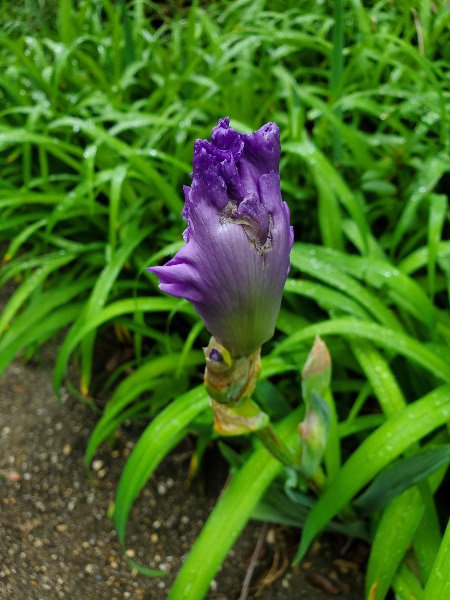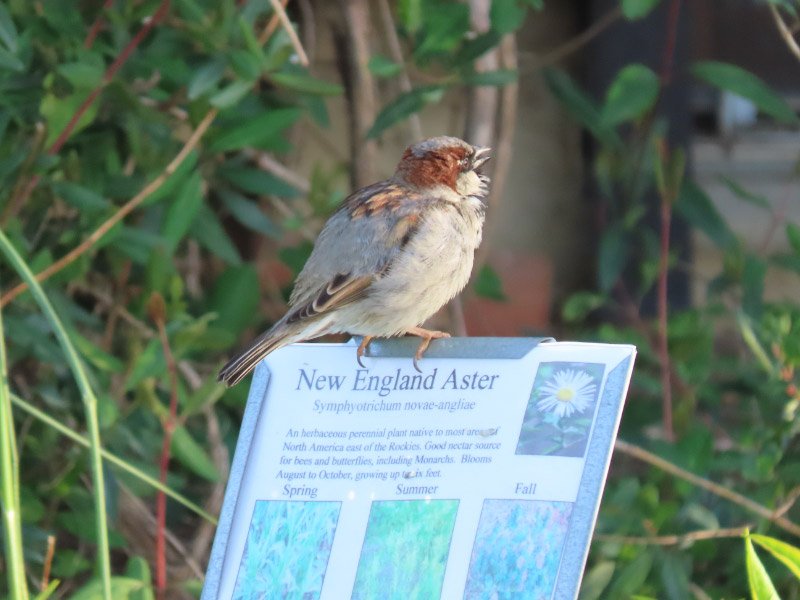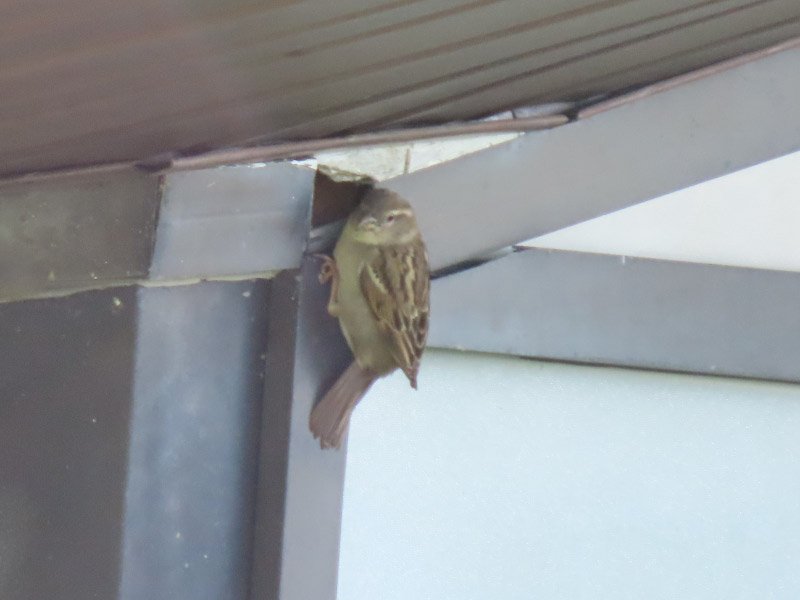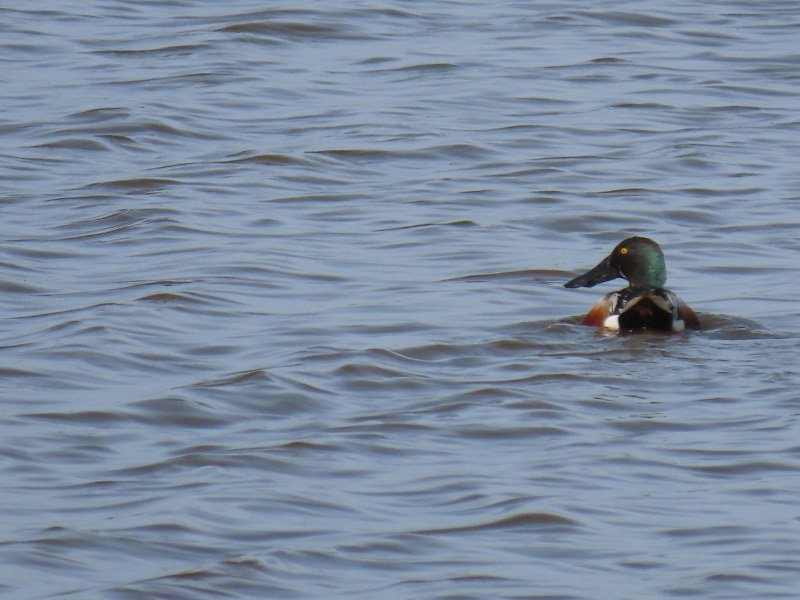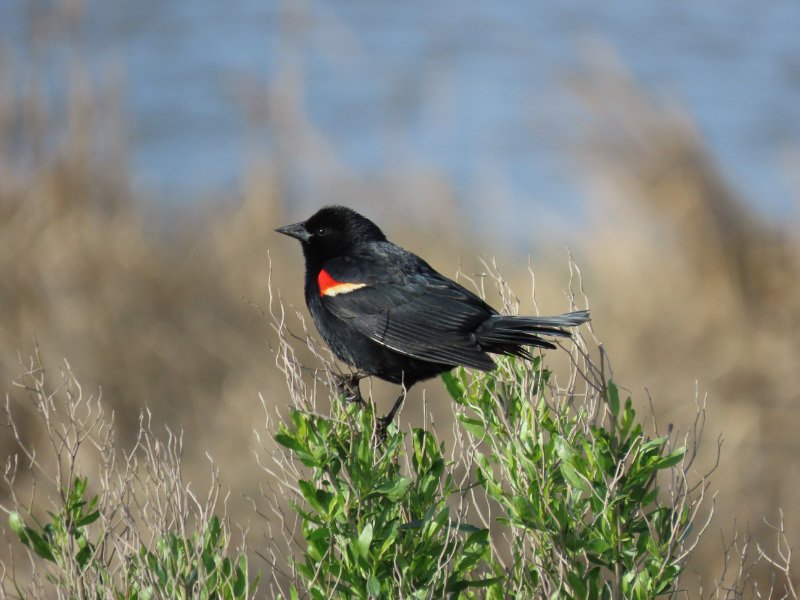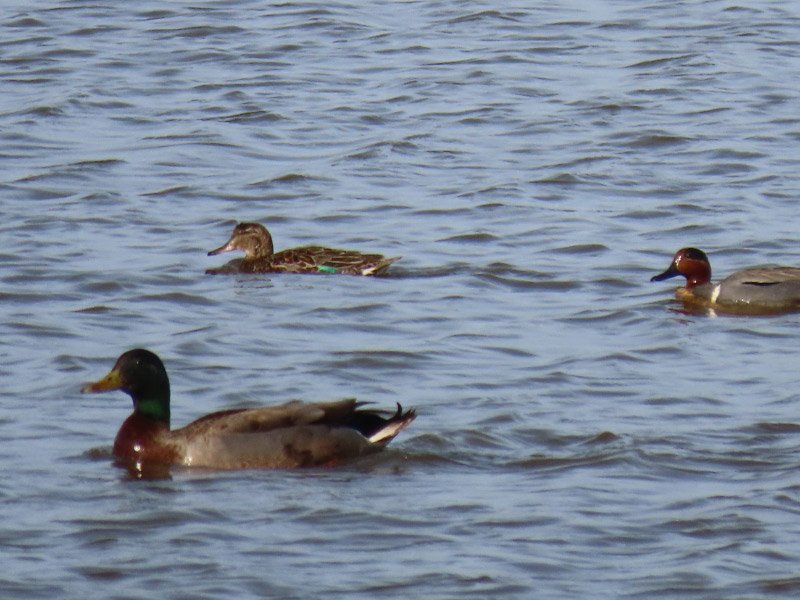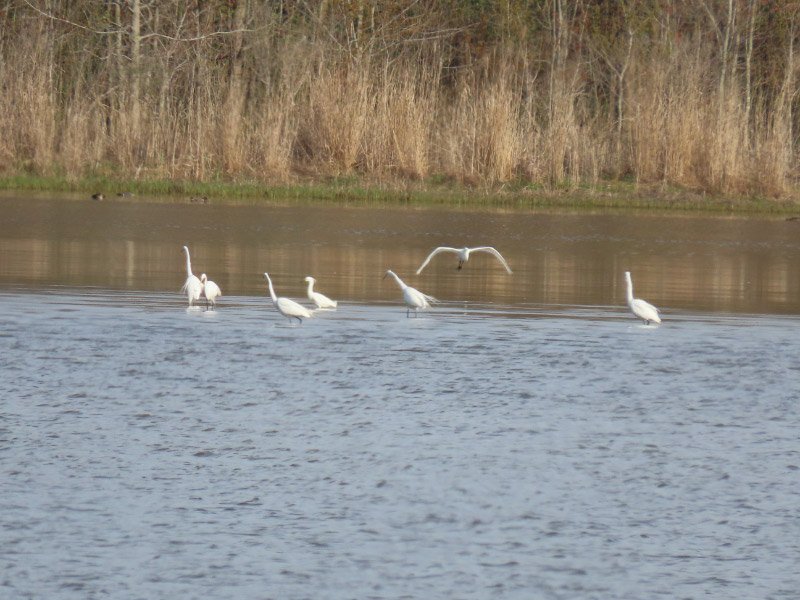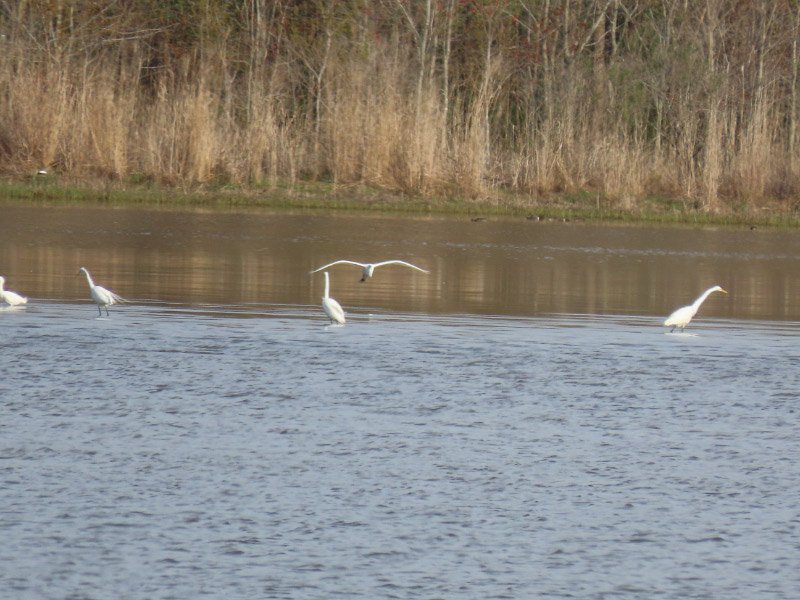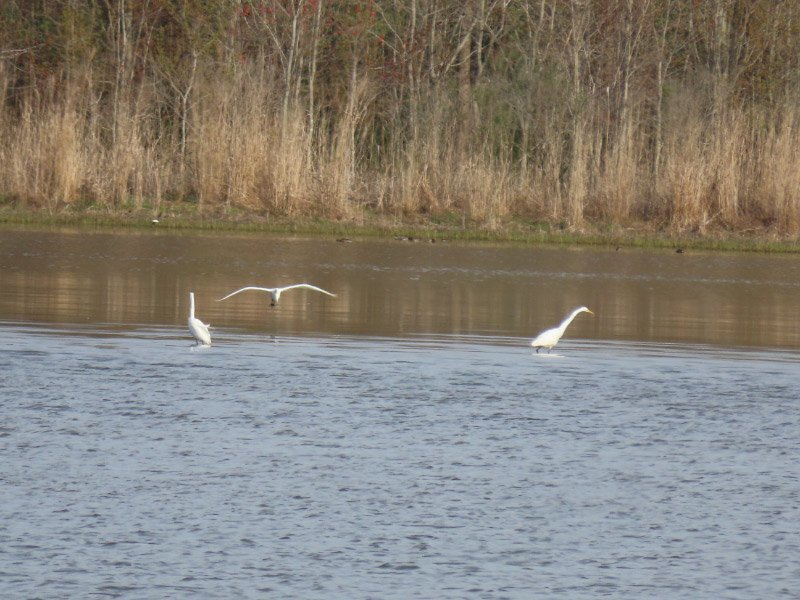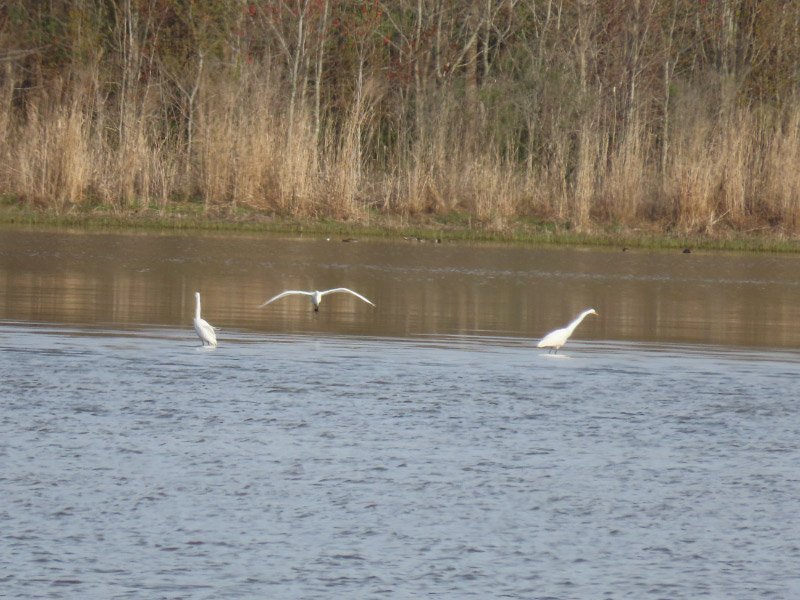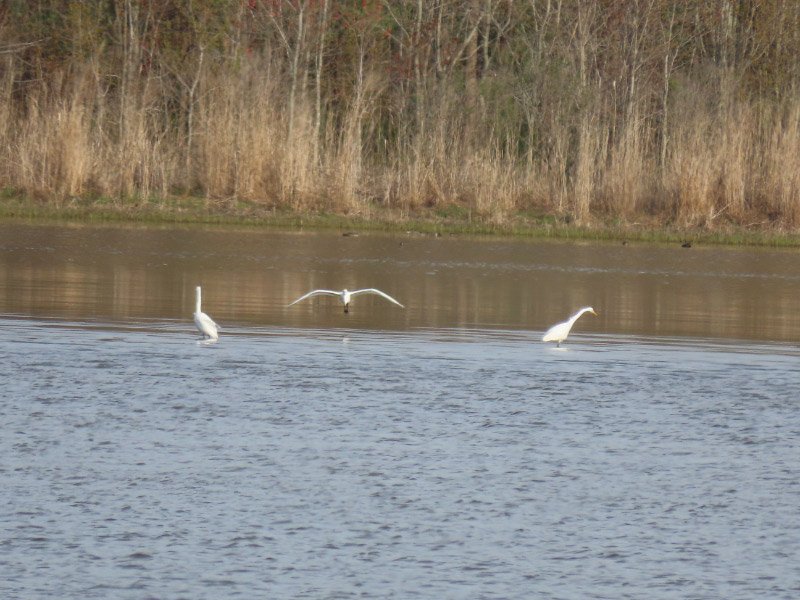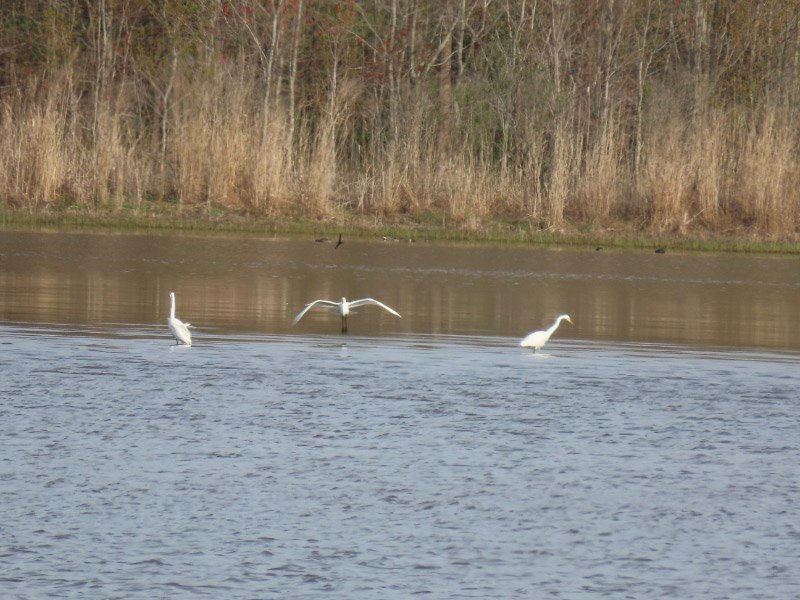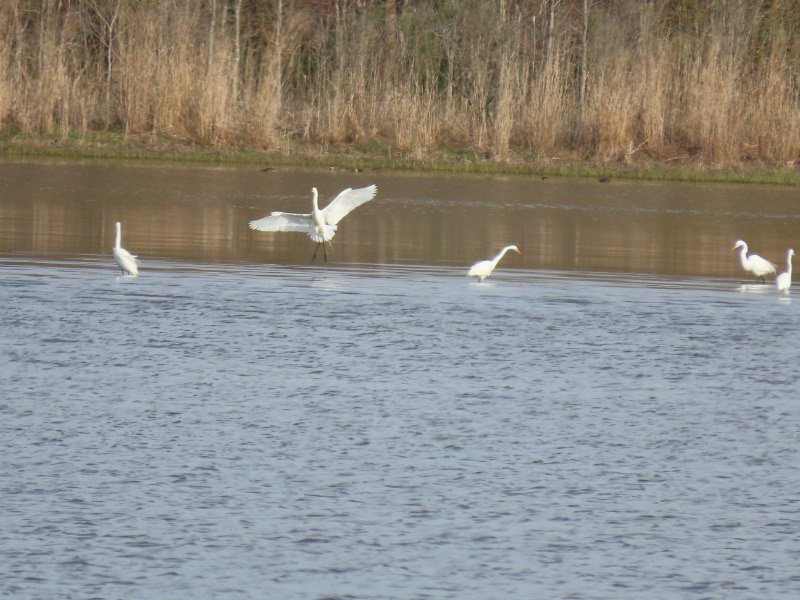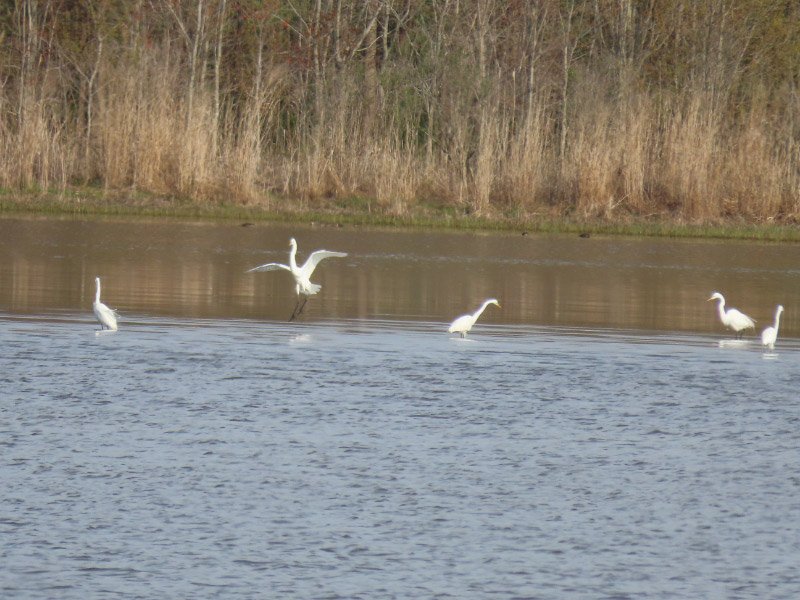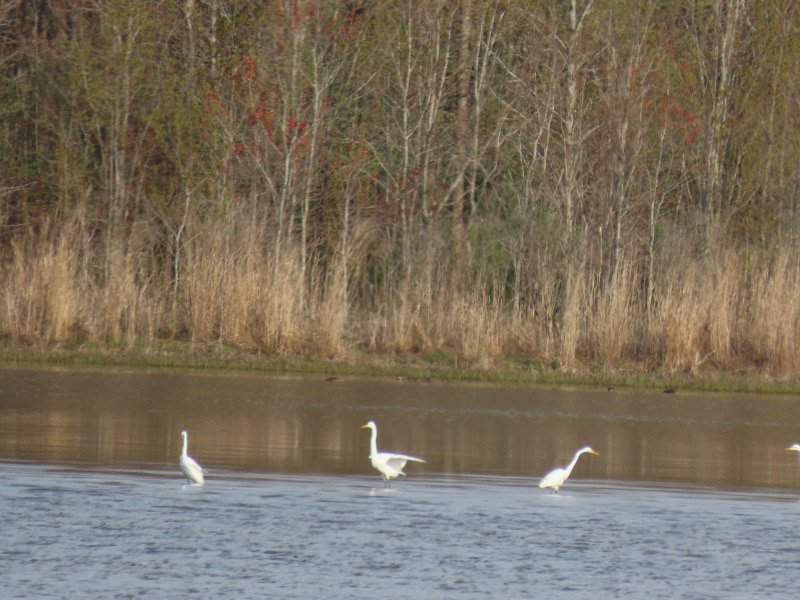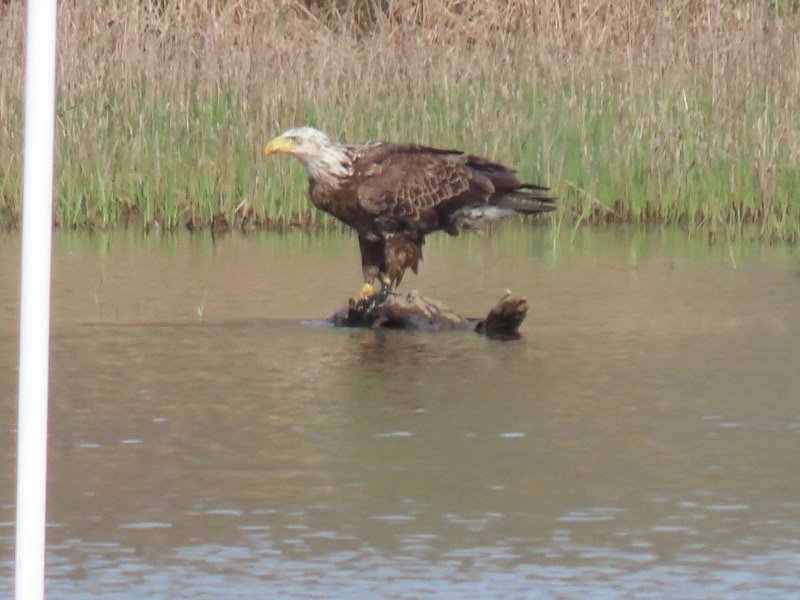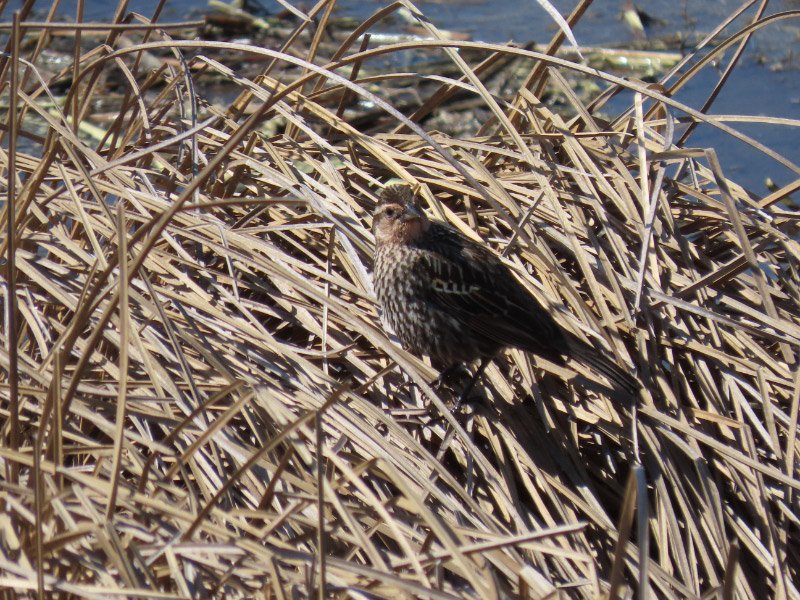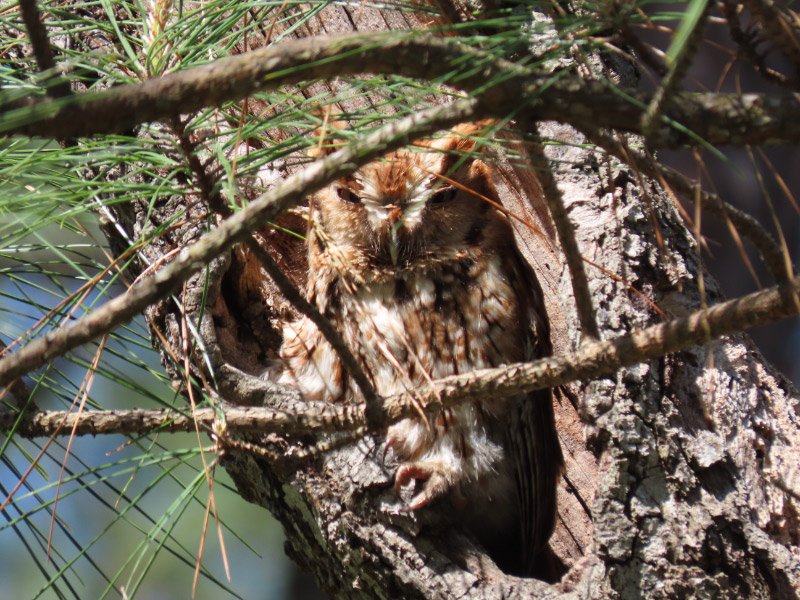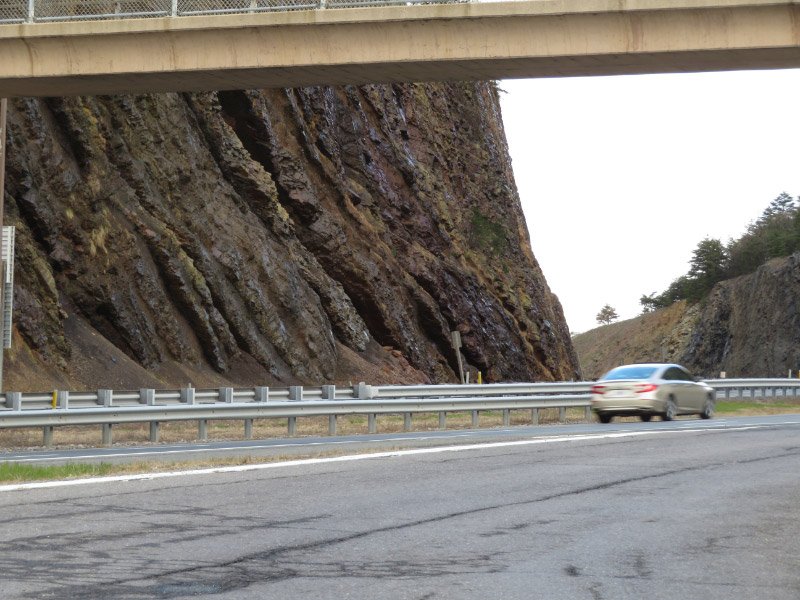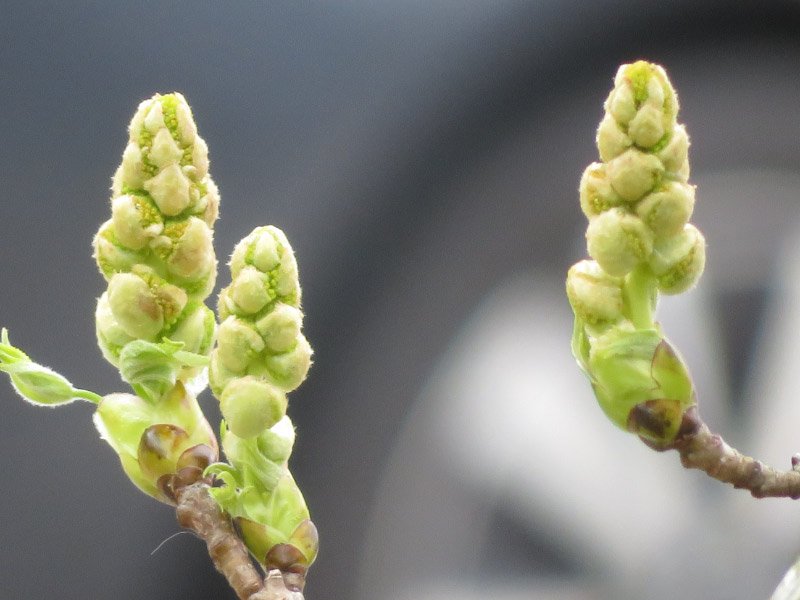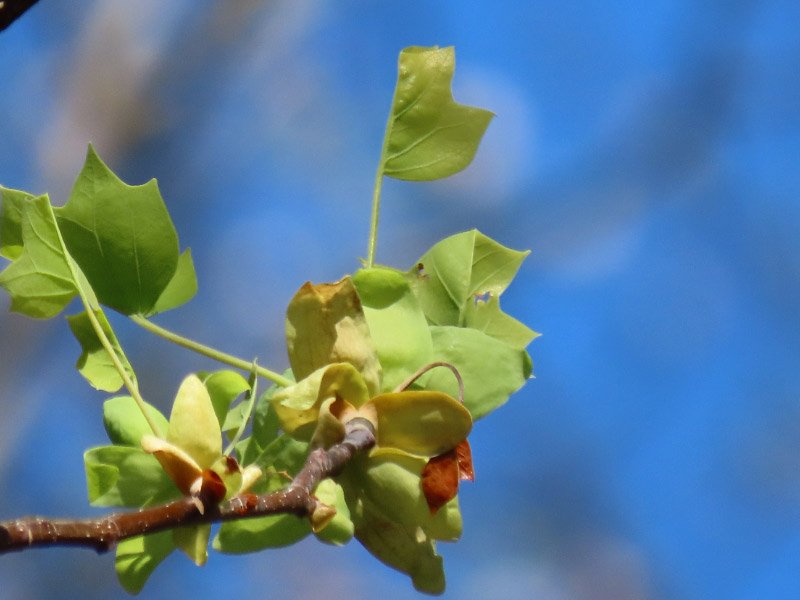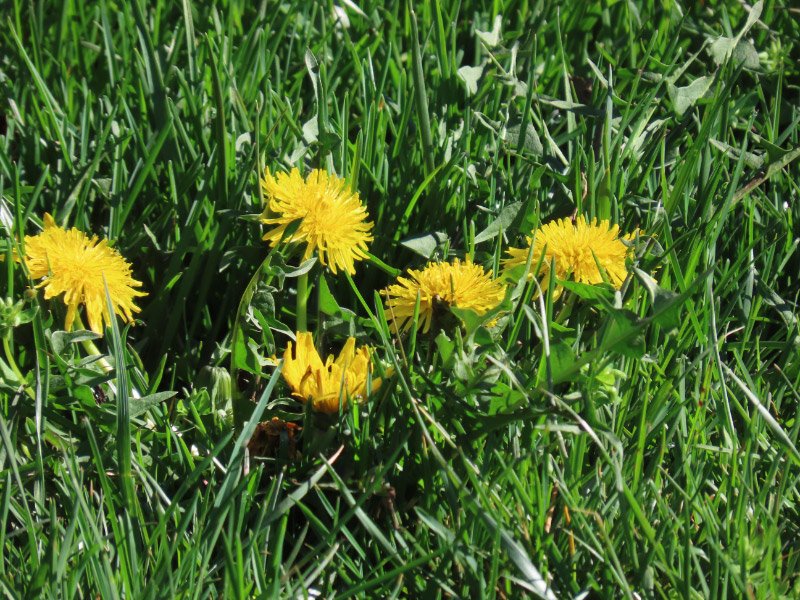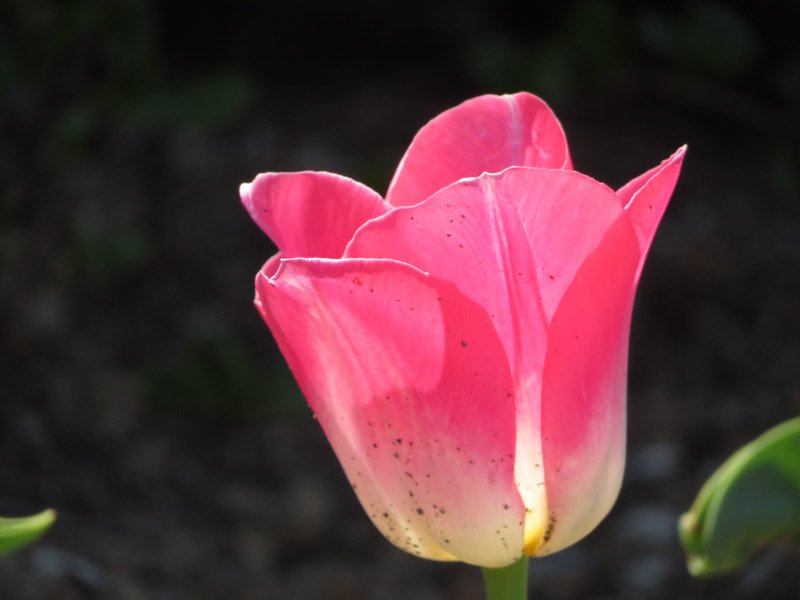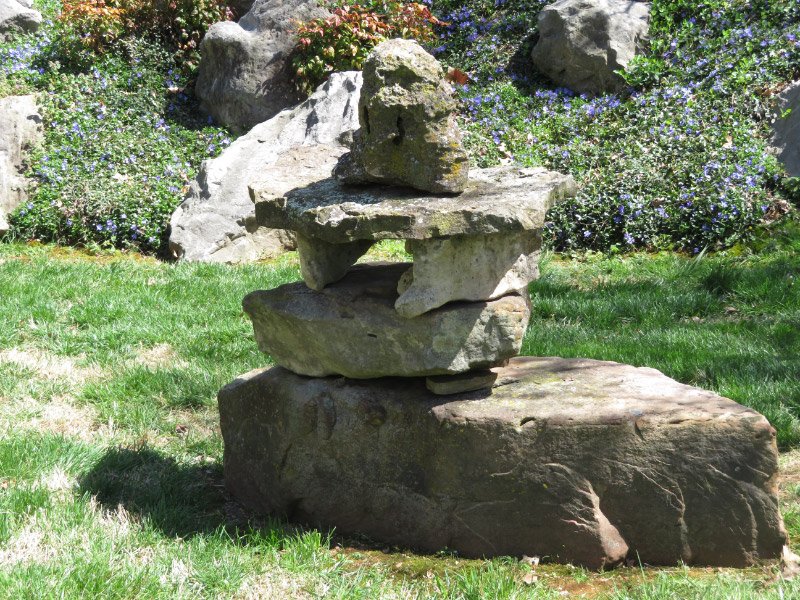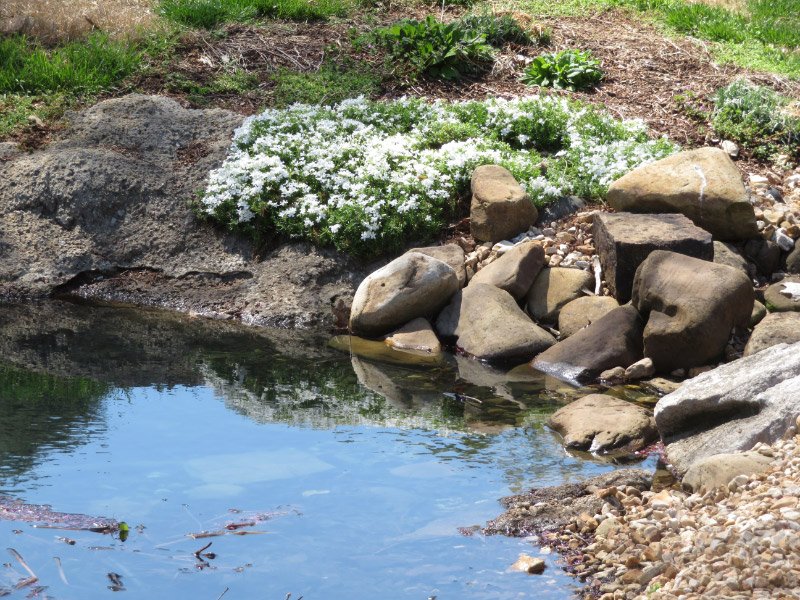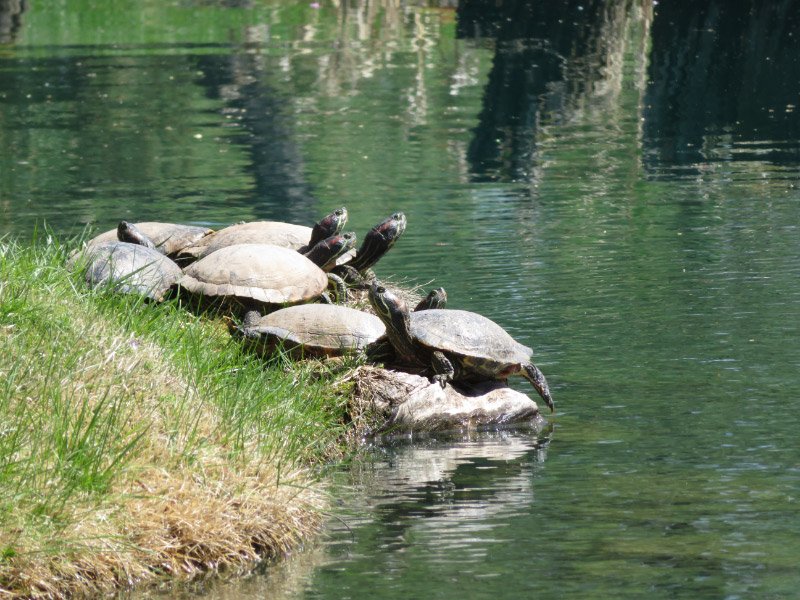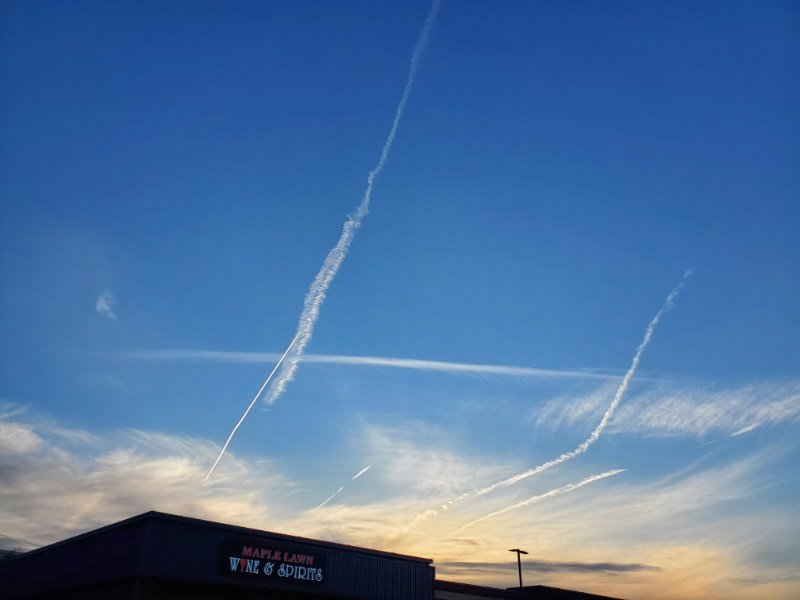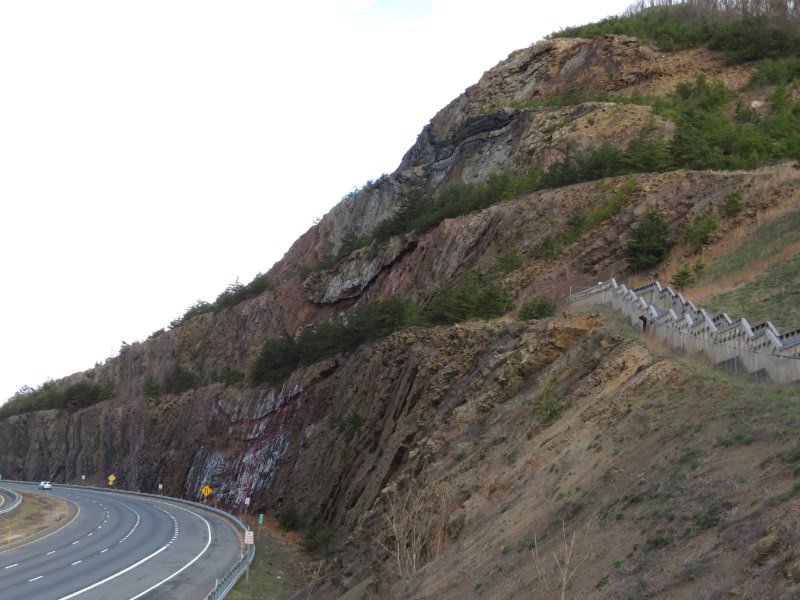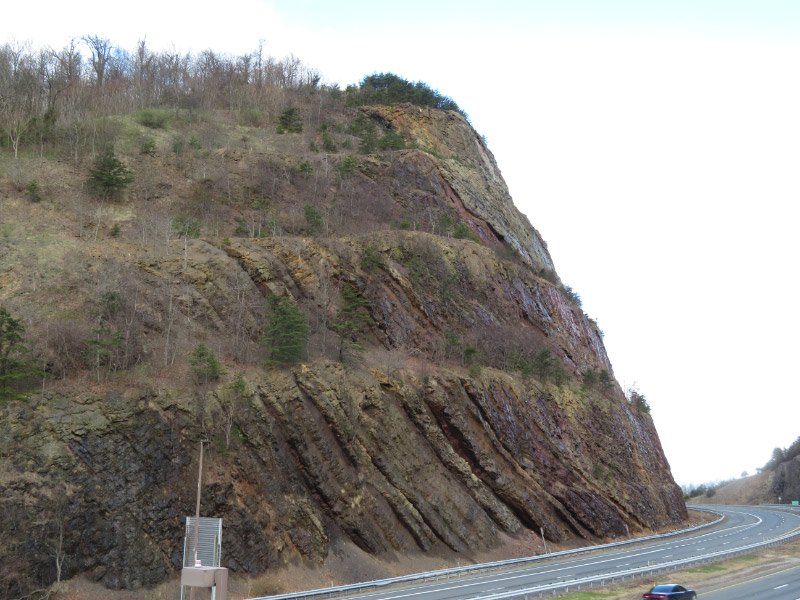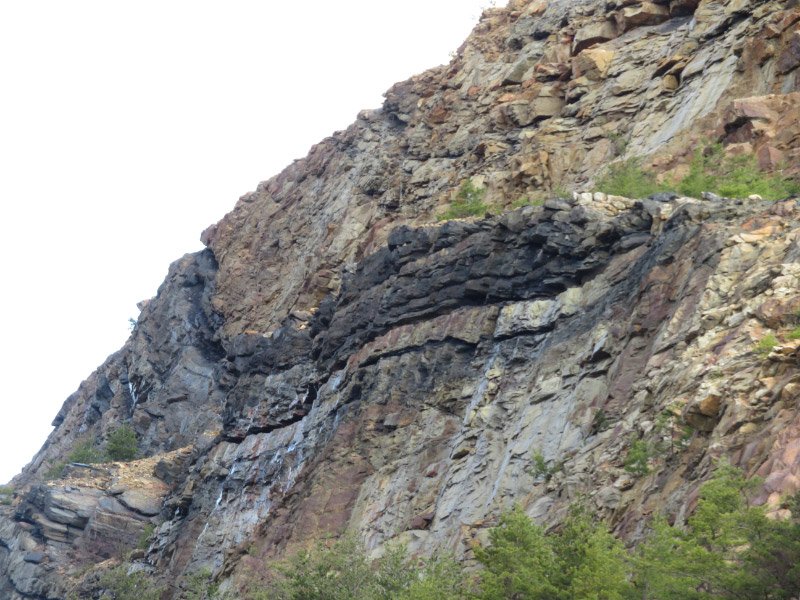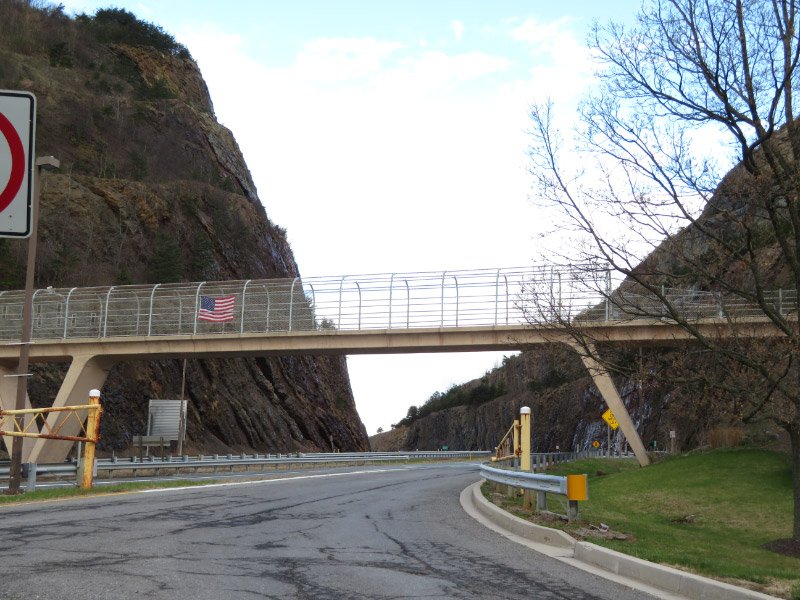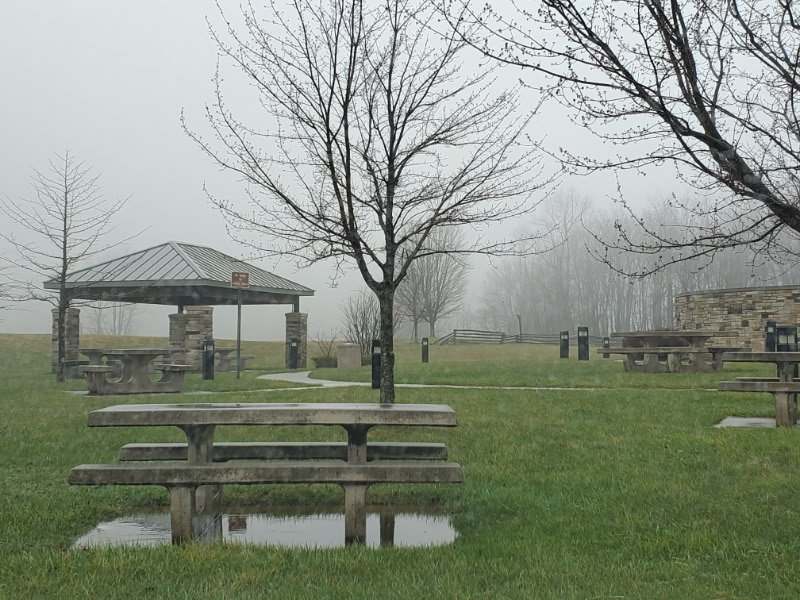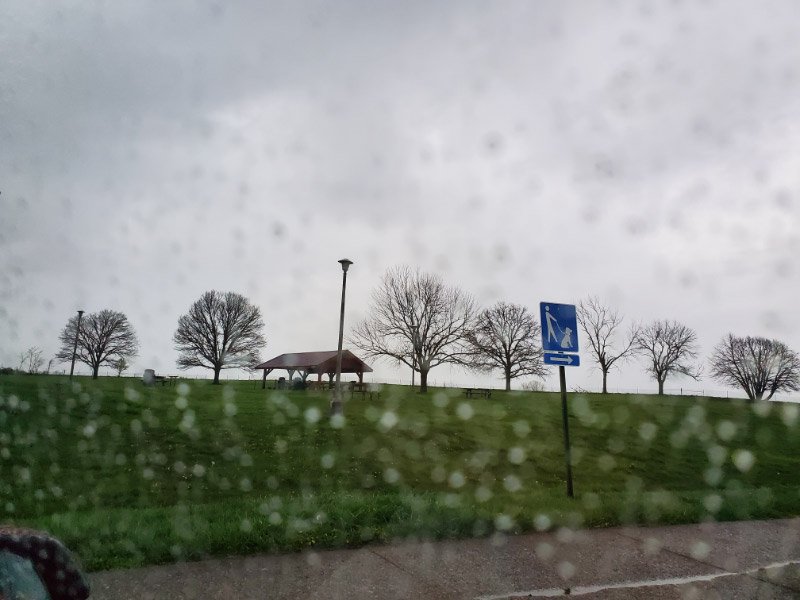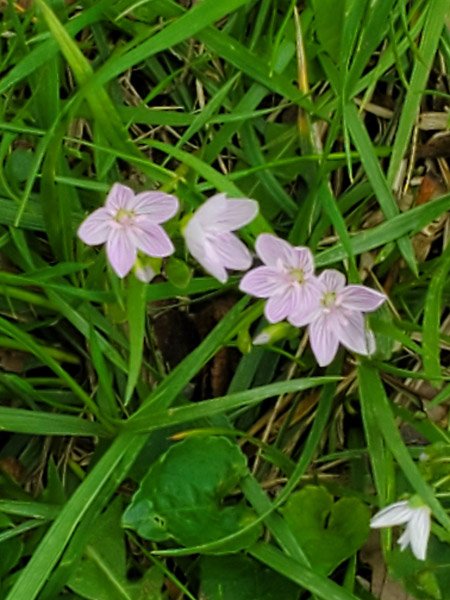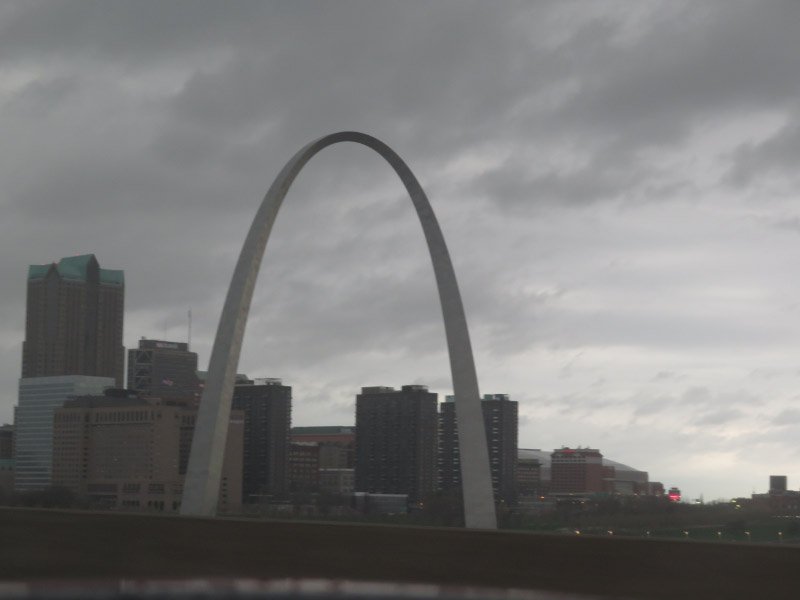Preparing to move (2) – May 2022
/A lot has happened since my last post about preparing to move back on 5/5.
We have packed a lot more boxes, of course. Our goal is to minimize items to go in the cars (precious/high value things, liquids, key documents, and whatever we need while the truck in enroute).
There is still some ‘messiness’ around the stacks of boxes but it is gradually being cleared away…with the rooms beginning to look ‘all packed.’ The very last will probably be the kitchen since we continue enjoying cooking/eating at home; about half the kitchen is already packed.
The boxes have been cleared from around the grand piano to make it easier for the crew that will prepare it to go on the truck. The box move was hard work since they were filled with books…the heaviest of our boxes. We managed to remove the humidifier box (which stuck out from the bottom of the piano).
I have developed a lot of skill in reusing packaging material like Styrofoam, foam squiggles, bubble/pillow wrap and paper. For example, I cut up a foam board yard sign to pad the top of a box, disconnected strips of Styrofoam from a larger piece/bent them to fill an odd space in a larger box and used squiggles to fill small spaces around paper wrapped breakable items to keep them from moving too much. I’m also realizing that plastic hangers work well to fill the top of a box without adding more weight.
The last ‘rooms’ to get packed (and the ones we are still working on are my husband’s office and the garage. We’ve made a good start and they will be packed more fully before this weekend. The before and after picture of my first round of garage packing is shown below.
We are getting rid of things we don’t want to move:
We’ve taken multiple loads of recycle and trash to our local facility.
Almost all the hazardous waste has been taken for disposal.
My husband called the county for curbside pickup of a ping pong table, glide, lawn mower, and karate punching bag for later this week – stay tune for pictures of the pile!
And I’ve scheduled another donation a few days before the movers come
Maintenance
The radon remediation has been completed.
The screens that were damaged/worn in the screened deck were replaced.
A light new bulb was put in the light fixture over the basement stairs (with some trickly ladder work).
Carpet replacement has been scheduled for after the movers are done (i.e the house is almost empty).
Overall – the progress we are making appears to be on track to be ready for the movers…and to be almost totally focused on our house in Missouri rather than the one in Maryland by mid-June!









